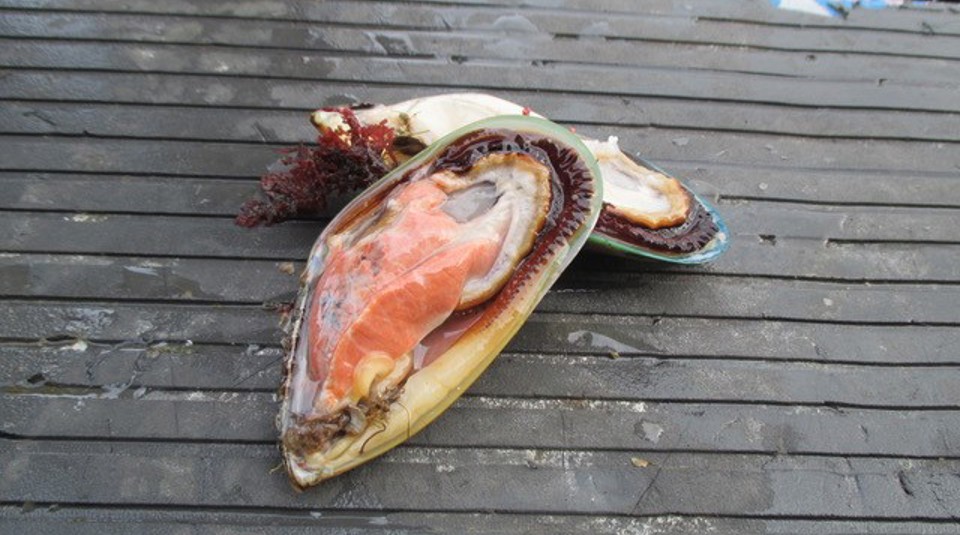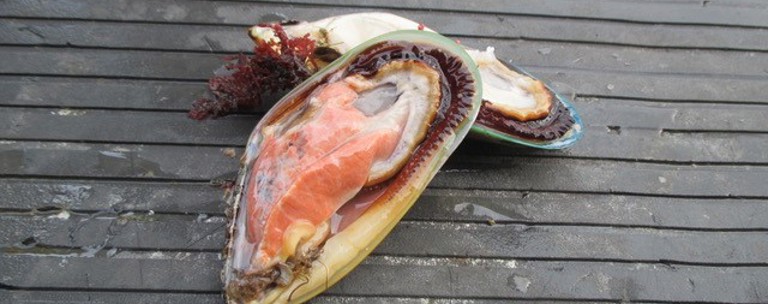Vibrio infections present as gastroenteritis or tissue infections that can range from mild to very serious. These bacteria live naturally in aquatic environments and people become infected from eating contaminated kaimoana (seafood) or coming into contact with contaminated water.
Aotearoa New Zealand has witnessed an increase in Vibrio infections in recent years, including among Māori communities. Vibrio thrive in warm water, so as climate change brings warmer temperatures, Vibrio could increase here, as seen in other countries.
The burden of infectious disease estimates and the cost of illness is dependent on their incidence, the frequency of death and the severity of sickness. However, the current surveillance system, including the database used to record hospitalisations and deaths in Aotearoa, is not capturing all vibriosis cases. This represents an area where under-reporting is likely to be occurring and therefore the burden of disease is also under-estimated.
This scenario is likely be the case for other infectious diseases in Aotearoa as well. Research has shown medical professionals may have some unconscious bias with Māori patients when they present with gastrointestinal illness.
The current work is focusing on yersinosis (a disease caused by the bacteria Yersinia), but this issue is likely to be the same for Vibrio and other gastrointestinal illnesses too. This unconscious bias, and other factors, may be impacting on multiple actions that need to occur for a case to be diagnosed and thus reported, such as the patient being offered a test or followed up.
There are likely to be other barriers that make it difficult to understand the burden of gastrointestinal disease for Māori, which impacts on health service decision-making. Furthermore, the pathways of delivering trusted public health messages and alerts of risk to communities needs further research to improve impact.
Through fostering relationships and collaborations from different disciplines, this ESR-led Te Niwha project will strive to identify key gaps and seek ways to improve the public health surveillance system for Aotearoa, using Vibrio as an exemplar.
We will also continue to explore the barriers that Māori face with testing and follow up of gastrointestinal disease. These relationships will be essential to co-design and co-deliver pathways to deliver trusted public health messages and alerts of risks to communities (such as outbreaks).
Research Impact
This project will seek to:
- Reduce health inequities for Māori who present at a general practice with gastrointestinal illnesses by identifying barriers for Māori in getting tested and followed up by GPs to inform better service delivery to Māori.
- If the notification rates of illness for Māori was to improve, then we would be able to better estimate the true burden of illness, which will help direct important public health resources to key areas.
- Enabling tino rangatiratanga by working with Māori communities to co-design and co-deliver public health messages and alerts of risks to communities that Māori communities will trust and implement.
- Through improvements in enteric disease surveillance, we could better monitor both notifiable and non-notifiable diseases. Such information supports health delivery decision makers. In addition, since emerging diseases are not necessarily notifiable, improved surveillance offers the opportunity for earlier detection.
- Identify areas where improvements in the current surveillance system and DALY methodology is required to support better estimates of burden of disease and the cost of illness for Aotearoa.
Development of a relationship network that can help design follow on research such as identify the next steps required to improve public health surveillance data for Vibrio and potentially other pathogens. This would include potentially co-design a case-study with sentinel sites in collaboration with key stakeholders (Te Whatu Ora, Ministry for Primary Industries [MPI]), diagnostic laboratories, Māori health providers/advisors and communities.
Learn more about this project on the Te Niwha website.
Te Niwha is the response to the Strategic Science Investment Funding Programmes (SSIF) call to develop an Infectious Diseases Research Platform. Te Niwha is co-hosted by the Institute of Environmental Science and Research (ESR) and the University of Otago.

